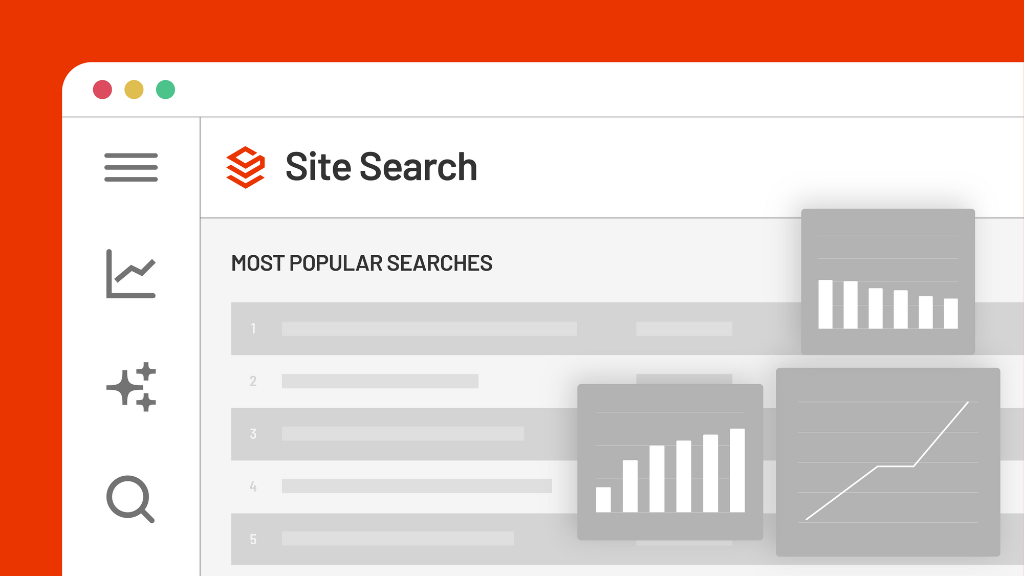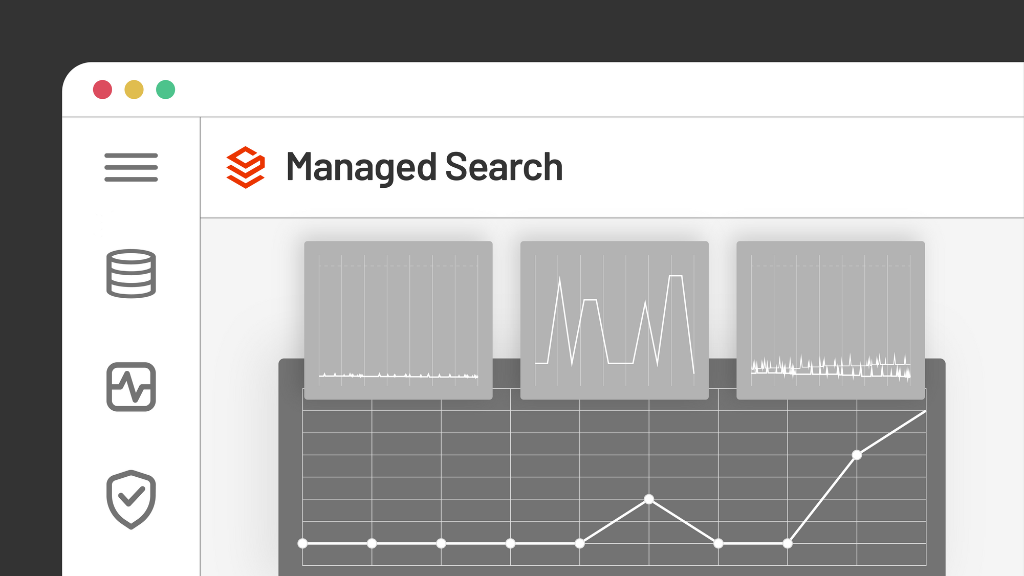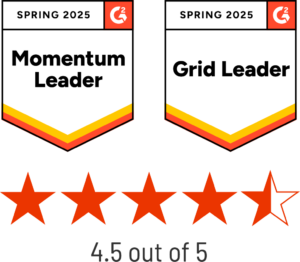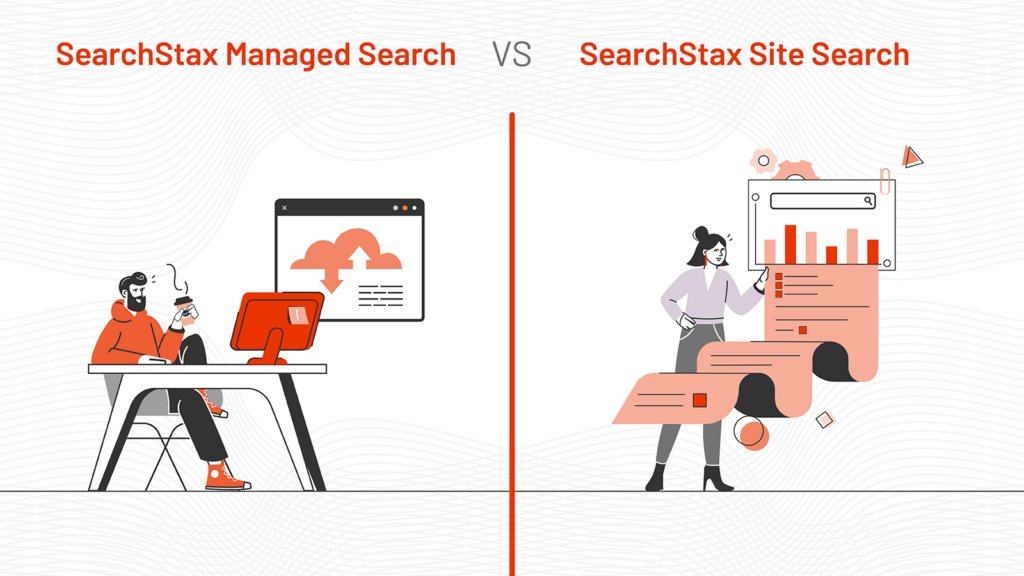Jae
Great to have you here, Matt Wetmore from Acquia, Senior Director of Digital Marketing. Is that correct?
Matt
Yes, that’s correct.
Jae
Awesome. Great to have you here. And today, we’re just going to be talking about the background behind what Matt went through in getting Acquia.com to the place that it is right now in terms of site search, as well as a little bit more about Matt’s perspective on the importance of search in general. Why don’t we kick it off and just dive right in? Matt, if you wouldn’t mind just sharing a little bit about yourself, some of the key experiences and background that led you personally to where you are, and then we’ll talk about Acquia.com after that.
Matt
Yeah, definitely. So I’ve been with Acquia for about four years. I run our web team here. We’re responsible for Acquia.com and our developer portal, and I’ve been building Drupal sites and different web experiences for the better part of my entire career. So we’ve been doing a lot of work on Acquia.com. The current iteration of the site is running just about a little over three years old. And we built it as a rebuild, and then it turned into a rebrand.
Jae
Awesome. How did you eventually reach a point where you recognize “okay, we’re going to deploy site search”? Can you provide a little bit of background about that, specifically?
Matt
So when we launched the first iteration of the site, we knew we had to have search. Unfortunately, it turned into a nice-to-have MVP approach. So it was a search box with just a list of results. And that was about it. It just wasn’t a huge priority. But as we went along, as the site was deployed and launched, we knew we had to invest in a more robust search solution. And then we started looking at different vendors and partners to see how we could make that work.
Jae
That makes a lot of sense. And I was just curious – you’d mentioned it was a three year journey. The rebranding, part of it, was that all of the entire three years? Or was it a portion of that? Just trying to get a little bit more detail about that piece of it.
Matt
Yeah, it was probably about a good year and a half after we launched the site. We had our new creative director start. And we started taking a different approach to how we were building the site and what we were trying to promote and highlight for users. And so we took an approach to really looking at the content strategy and re-evaluating the entire structure of the site and making it work better for our users.
Jae
Gotcha. Do you mind if I ask, then, what were some of the – you mentioned content, that was obviously a big piece of that. So who were some of the people, like the personas involved, in driving some of the need for this? Was it folks who were more on the marketing side? Was it developers, content folks, UX, was it just kind of a mix of everybody?
Matt
Yeah, it was kind of a mix of everyone. So we have our content strategists that are always looking at what people are searching on Google and bringing them to the site. We’re always looking at our user research. So as we rebrand and rebuilt parts of the site, we’re testing with users and seeing what they’re trying to look for and what they’re trying to find.
Jae
That gets into some of those issues that it sounds like you were facing. What were some of the key issues, you mentioned a couple, what were they? There’s obviously the content findability issue that you just called out. Do you mind going into a little bit of what kind of an impact that was having on things like KPIs and how that was ultimately impacting the organization? What was the general impact?
Matt
Yeah, I think it was just a lot of the search experience was so poor. We just had old content or retired content. We couldn’t prioritize what content to show and what to elevate for people to find. We just kind of hoped that people were finding what they were looking for. We measure a lot of things like time on page, the overall traffic to the search page. A lot of that was okay after we rebranded and relaunched, but it wasn’t better. And that’s what we were trying to do – something better. You run into this issue where you start hearing from people like, “oh, I searched for this, and I didn’t find a result,” or our biggest one was like, people would search for Acquia CDP, and the product page would be the 12th or 13th item in the list because there was other, newer content that had been created since we launched that.So we couldn’t just promote certain things up that we wanted people to find.
Jae
And then that ultimately affects things like conversions, I’m assuming. And on the back end, is that something that you were able to see and call out? Or was it more that you suspected that was the case?
Matt
We suspected that was the case. We had basic stats from Google Analytics telling us what people were searching for. So we knew people were looking for it, and they were likely not finding it. We didn’t have a lot of visibility into what people were clicking through to get into that. But we knew people were looking for it.
Jae
Do you mind if I ask – I’m just curious about what are some of the types of conversions? You mentioned the CDP product; that’s a great example. What are some of the conversions and backend things that you’re ultimately trying to drive people toward? Is it standard lead captures and downloads and registrations, free trials, things like that?
Matt
It really depends based on the product. So something for Acquia CDP and our user journey map that we have, the ultimate goal is to get them to submit – to become a lead.
As far as other products, like Site Studio, or some of the others like Campaign Studio, we might try to get them to sign up for a trial or a sandbox environment or something else, so they can really kind of play around with. So it varies by product. If we see people are doing that research to learn more about the product, we make sure that we can drive them either into a product page, because it’s likely that if they’re doing deeper research on our product, that’s probably where they’re looking for. If it’s more of a generalized topic, keyword, something like that, we’re going to promote our pillar content or top of funnel. The “I don’t even know what this topic is. Let me find out more about it.” We’ll drive people to those.
Jae
Gotcha. Appreciate that context. If I may, can you spend like 30 seconds just describing how you came to SearchStax specifically? I guess we didn’t cover this part earlier. We obviously also have a partnership, right – this is a really important part of the Acquia/SearchStax relationship. Can you just describe in a nutshell how that came about? As well as the product that you chose to go with.
Matt
Yeah, so being an Acquia customer, being on Acquia, we were already leveraging Acquia Search, which is directly integrated with Acquia’s Solr instance. And so Drupal has a long history of integrating with Solr and its modules to provide that connectivity. So we were looking for something that was really easy to leverage and extend that connectivity to make it easier. With SearchStax, we were able to easily point it at a different Solr instance, and we were up and running. And then we could build on top of that. So our first step was “let’s just start indexing stuff with SearchStax and get that to power things, and then let’s re-imagine the entire search experience and make it better for the end users.”
Jae
Awesome. Thanks for that. So what’s really the big deal? Maybe this is the elephant in the room to some extent, because what’s the big deal if web teams decide not to do anything? If you’re not in commerce, or you’re not in certain industries, right, is it really harming a site if people are using Google or Bing or whatever their search engine of choice is to find content on the site? Is that really such a terrible thing?
Matt
I think it is. I mean, at the end of the day, we want to keep people on the site, you want to keep them within your site finding the content they’re looking for, and making sure you’re providing that to them. Without that, it’s kind of hard to provide that.
Jae
Okay. I think I know what you’re getting at. It’s basically just talking about what you mentioned before, which is you want to keep them on your site and drive them to a conversion. That’s harder. Let’s dive into what that actually enables them to do beyond just content viability. Because is it actually helping open doors for you and your team to do more, for things like deepening user engagement? In other words, things that are just beyond making it, quote, unquote, easier to locate the content?
Matt
I think it’s always great that we want users to find what they’re looking for. But for us, providing that additional information to us as far as the metrics and analytics around what users are searching for – if they aren’t clicking, they aren’t finding it. So being able to see what is coming back in the search results and what people are clicking on, what results are getting users to click, is really important. And you can have what you think is the best content coming back. But if it’s not encouraging a user to click on it, it’s not really very useful for them. So I think metrics and analytics are a big, big portion of that, besides just being able to find it, making sure it’s the right stuff.
And then our other biggest thing is refining and promoting content. So making sure that the results that are coming back are accurate and good for what the user is searching for. And then being able to promote things, just like Google is able to customize and tailor your search experience on their site. You should be able to do the same. So we do things around promoting an event based on certain keywords or writing content for specific keywords or even just promoting content like an ad directly to you in your search results. All these little things to make sure you – the user might know what they want to find when they’re searching, but you can help them and steer them in the right direction to go.







